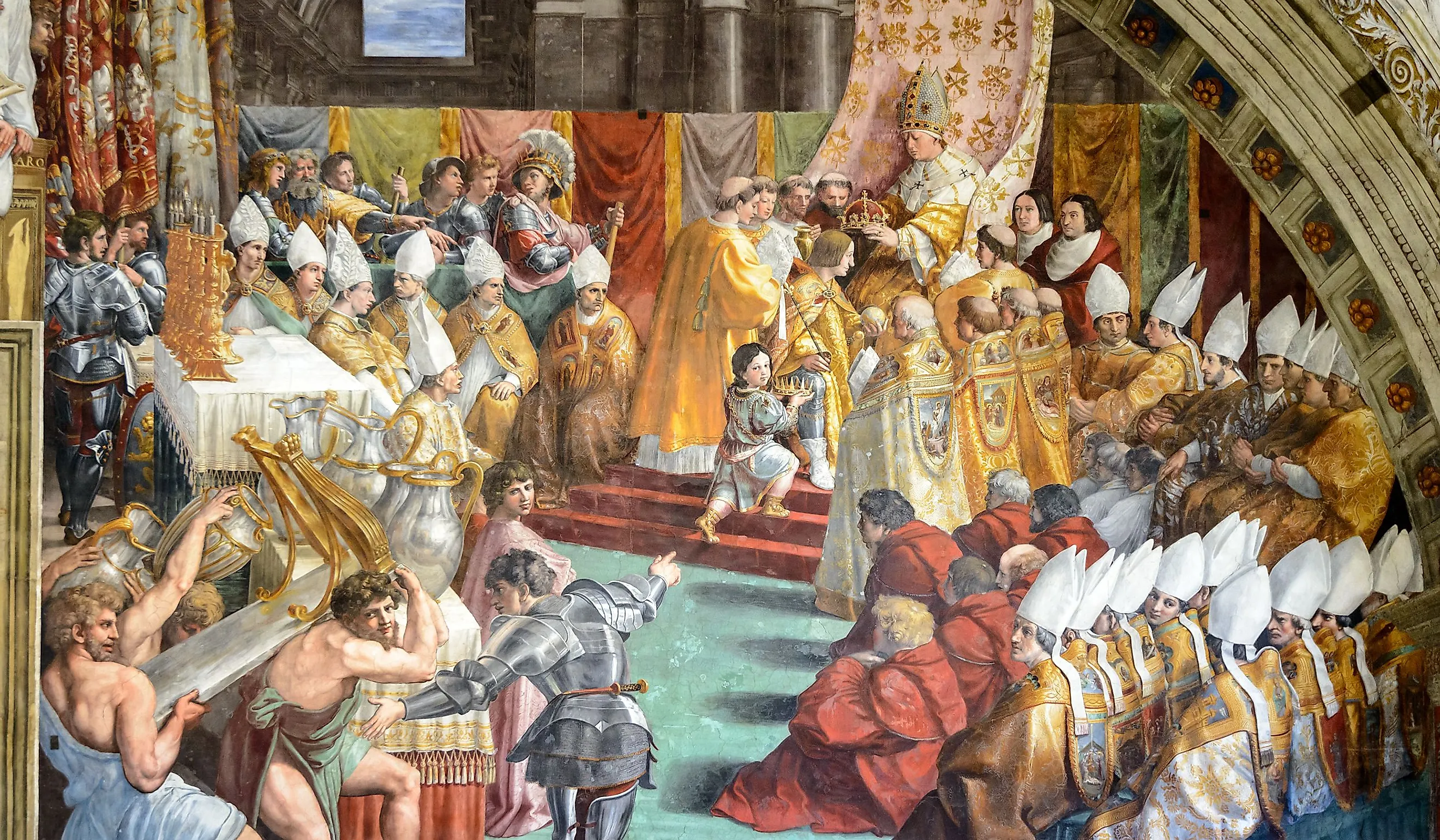
Were The Dark Ages Really That Dark?
The Dark Ages were a tough time to be alive. Or so they say. The Roman Empire had crumbled, and the Renaissance was not yet a thing. People were losing their individual freedoms and generally going backward in just about all areas of life. Or were they?
Most scholars no longer refer to the period between 476 A.D. and 1450 as the Dark Ages. They also do not want to call it the Middle Ages, even if it is the more ‘correct’ term. Instead, it is now known as the Medieval period, which scholars believe was not nearly as dark as previously thought, even though it included the Black Death, which killed thirty percent of Europe’s population.
The Dark Ages Were Just Different
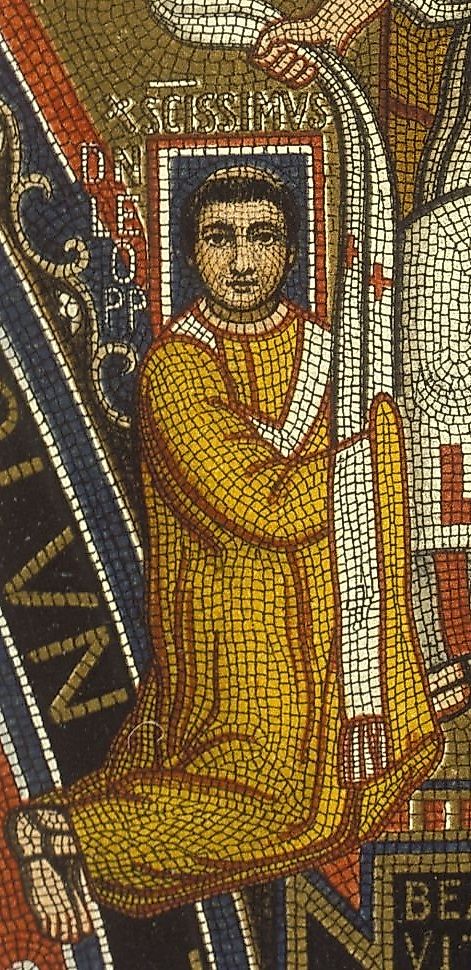
The fall of the Roman Empire shook the foundations of Europe. It meant there was no governing state or emperor, and things were about to look a lot different on the continent. The Catholic Church stepped in and became the most powerful establishment of the Dark Ages. The Church protected royal leaders, forming strong alliances with them. In 800 CE, Pope Leo III reinstated an ‘emperor’ in the form of Charlemagne. Charlemagne’s ‘kingdom’ was called the Holy Roman Empire. This new empire aligned itself with the Church and made it compulsory for every working European citizen to pay ten percent of their annual income to the Church.
While all this was happening, Muslim armies continued to take over massive regions in the Middle East. As these forceful takeovers continued, medieval Islam expanded until it grew to more than three times the size of the collective Catholic church body. While politics and religion strengthened ties in Europe, Middle Eastern cities like Damascus, Cairo, and Baghdad delivered incredible scientific discoveries and saw a rise in philosophy. People wrote thousands of books. During this time, inventors dreamed up the earliest version of a glider.
Other inventions like soap and scalpels did not mean Middle Eastern religion was on the back burner. Religious leaders and scholars busied themselves teaching the Quran to everyone who wanted to learn.
The Inevitable Conflict
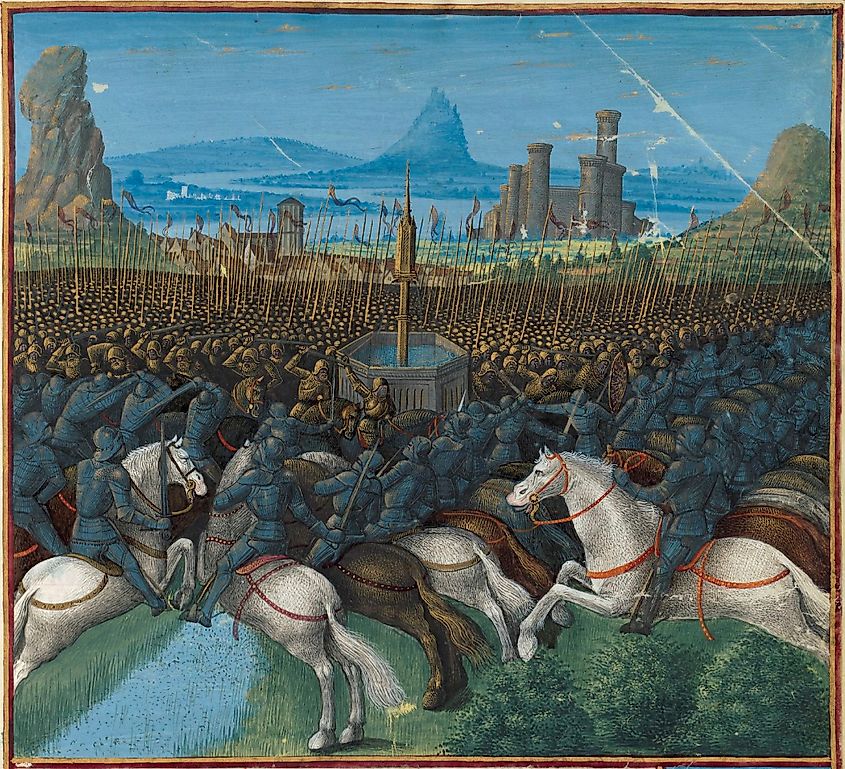
There was no way to keep two major religious groups from getting in each other’s way during what was still a confusing time for many. At the end of the 11th century, the time march was still ongoing toward the Renaissance, but this period was not nearly visible yet. The Catholic Church had had enough of what they called Muslim ‘infidels’ and launched military offensives to rid the Holy Land of them. This inevitable conflict, known as The Crusades, kicked off when Pope Urban instructed a Christian army to invade everything in its path to Jerusalem. The Crusades continued in sporadic attempts until the end of the 15th century. The Crusades helped return international trade and classical knowledge to European shores, and its ultimate failure on the military front led to the Protestant Reformation, a catalyst for the Renaissance.
During The Crusades, the military order that became the Knights Templar was established. The Knights Templar dissolved in 1312 after the destruction of the last Crusader refuge in 1291.
The 900 Dark Ages Years Did Not Live Up To Their Moniker
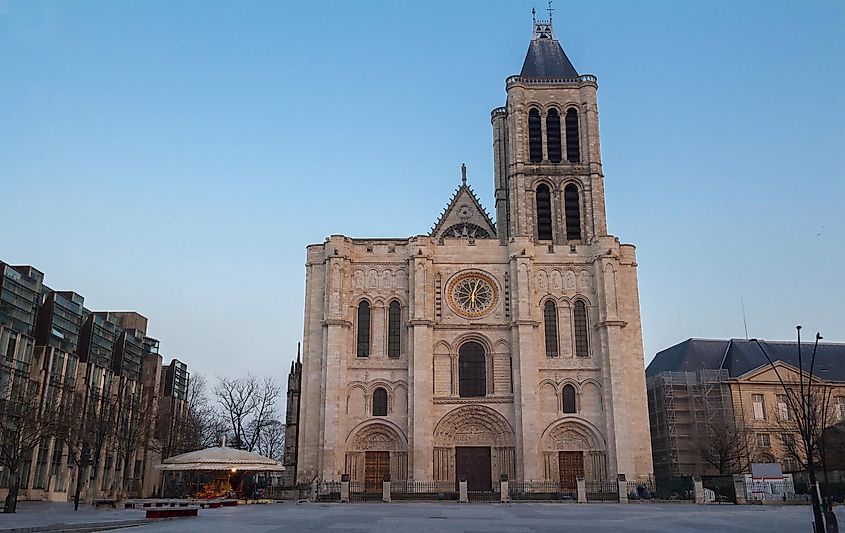
As proven by the thousands of written books, philosophy, scientific advancement, and inventions, the Dark Ages did not live up to their name. Which is the main reason the Dark Ages were not really dark. Francesco Petrarca (Petrarch) came up with the term ‘Dark Ages’ simply because he was not impressed with the lack of literature at that time. Others expanded Petrarch's dismissal of Middle Ages writing to include the so-called death of culture during this medieval period. But this thinking could not be further from the truth.
The 7th century saw the founding of a Canterbury school that became the hub of academic learning in Anglo-Saxon England. Men and women traveled all over Europe, and trade flourished. There was an increase in learning and good literature. In fact, Charlemagne’s court hosted a learning revival that included Latin texts. More than thirteen hundred manuscripts were written before 1100, detailing medicine, housing, science, travel, and fiction. Women played a major role in literature, with an Abbess called Eadburh teaching and writing poetry and an English nun called Hygeburg writing an account of a Jerusalem pilgrimage at the start of the eighth century.
To be fair to the naysayers, there was a lull in literature and learning when the Vikings arrived in the ninth century, but this was a temporary setback.
Moreover, the early Middle Ages rejuvenated northern European agriculture. By the 10th century, the heavy plow popped up across the continent, horse collars were a common sight, and metal horseshoes were common practice. Good weather (unseasonably warm for Europe) also helped along the agriculture boom.
Between the tenth and thirteenth centuries, several Romanesque European cathedrals sprung up. In 1200, the Gothic architectural style inspired the design and construction of the Abbey Church of Saint-Denis and the reconstruction of the Canterbury Cathedral. Devotional religious images were all the rage, and frescoes and mosaics were a must-have in churches.
Books received the utmost respect and were decorated with gold and silver. Nuns wrote in-demand manuscripts, and in the 12th century, booksellers began marketing them to the rich. Love stories reigned supreme, and infamous stories like The Song of Hildebrand were born.
The Black Death
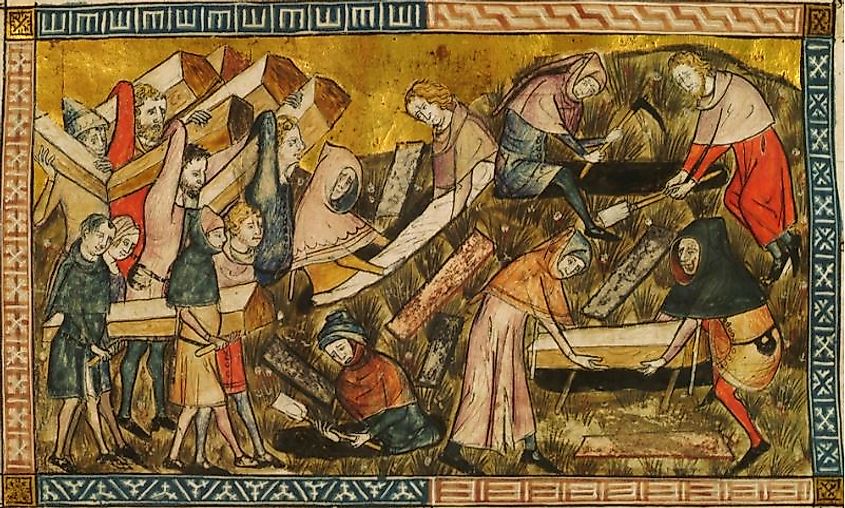
The only period of the Middle Ages or medieval period truly deserving of the Dark Ages title is the years between 1347 and 1350. The Black Death (bubonic plague) descended on Europe, killing around 20 million people, after 12 ships from the Black Sea moored at Messina’s Sicilian port. The sailors on board, who were not dead yet, were covered in boils that would not stop oozing. They suffered incredible pain, fever, vomiting, and diarrhea before succumbing to death. The bubonic plague was terrifying. People went to bed perfectly healthy and died by morning. The plague did not discriminate between humans and creatures, killing cows, sheep, pigs, goats, and people.
Amid the blind terror and despair, some people put on whipping and beating displays, hoping it would serve as ‘penance’ for their sins. Others started murdering people they had known for years. In one year, between 1348 and 1349, thousands of Jewish people were murdered. Others fled for their lives. The plague eventually ran its course (the first time), but the damage showed everywhere. There was a wool shortage because of all the sheep that didn't survive. Doctors refused to examine and treat patients. Shops stayed closed, and priests shook their heads when the dying requested last rites. People abandoned their sick loved ones to avoid dying themselves. It was certainly not humanity’s proudest moment, but given the unfamiliarity of the disease, it is understandable that people would act in panic.
The Pandemic Should Not Overshadow The Advancements Of The Dark Ages
But, just as COVID-19 should not overshadow every advancement of our modern era, the Black Plague should not be allowed to minimize the advancements of history. The perception of ‘darkness’ cannot erase the great strides made to improve literature, math, education, art, architecture, trade, and agriculture. This historic era paved the way for the Renaissance, allowing an easy transition to modernity. The cultural, economic, and political rebirth associated with the Renaissance would not have happened if not for the events of the Dark Ages. Therefore, we should not view the medieval era as a dark period of history but instead as a period that positively influenced the eras that followed.











